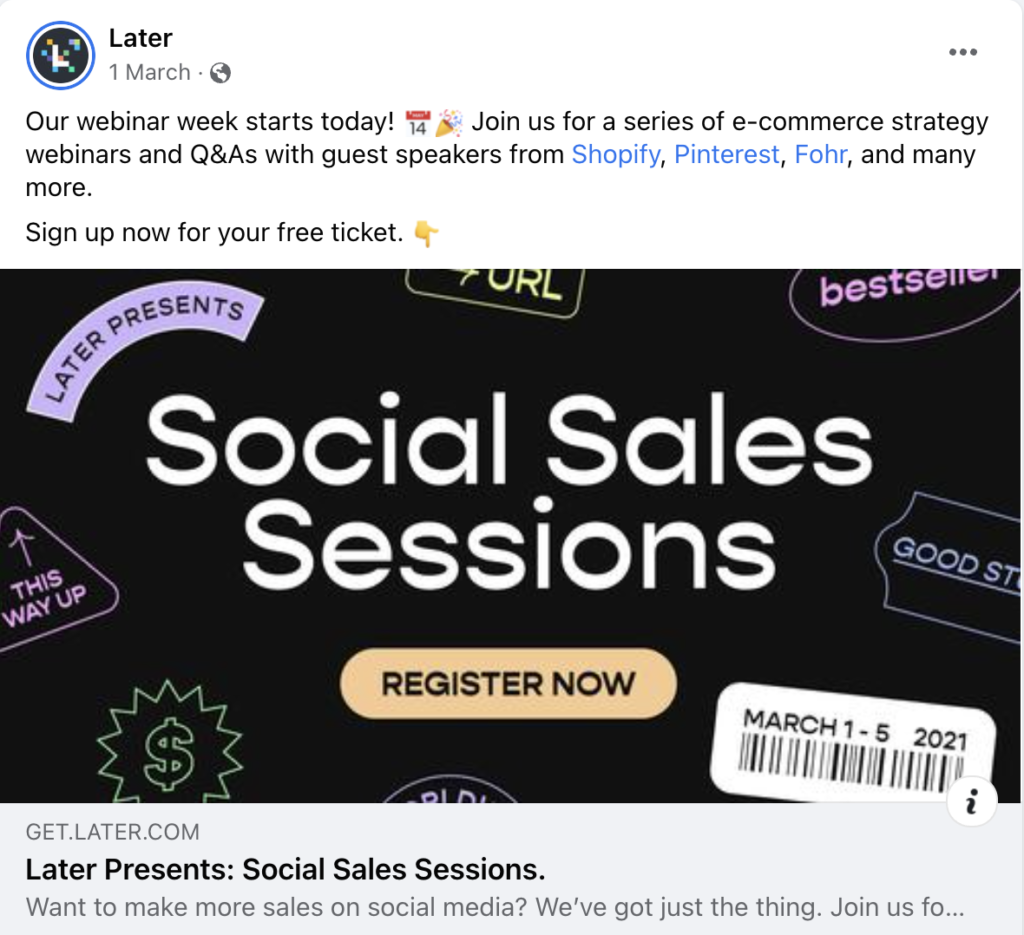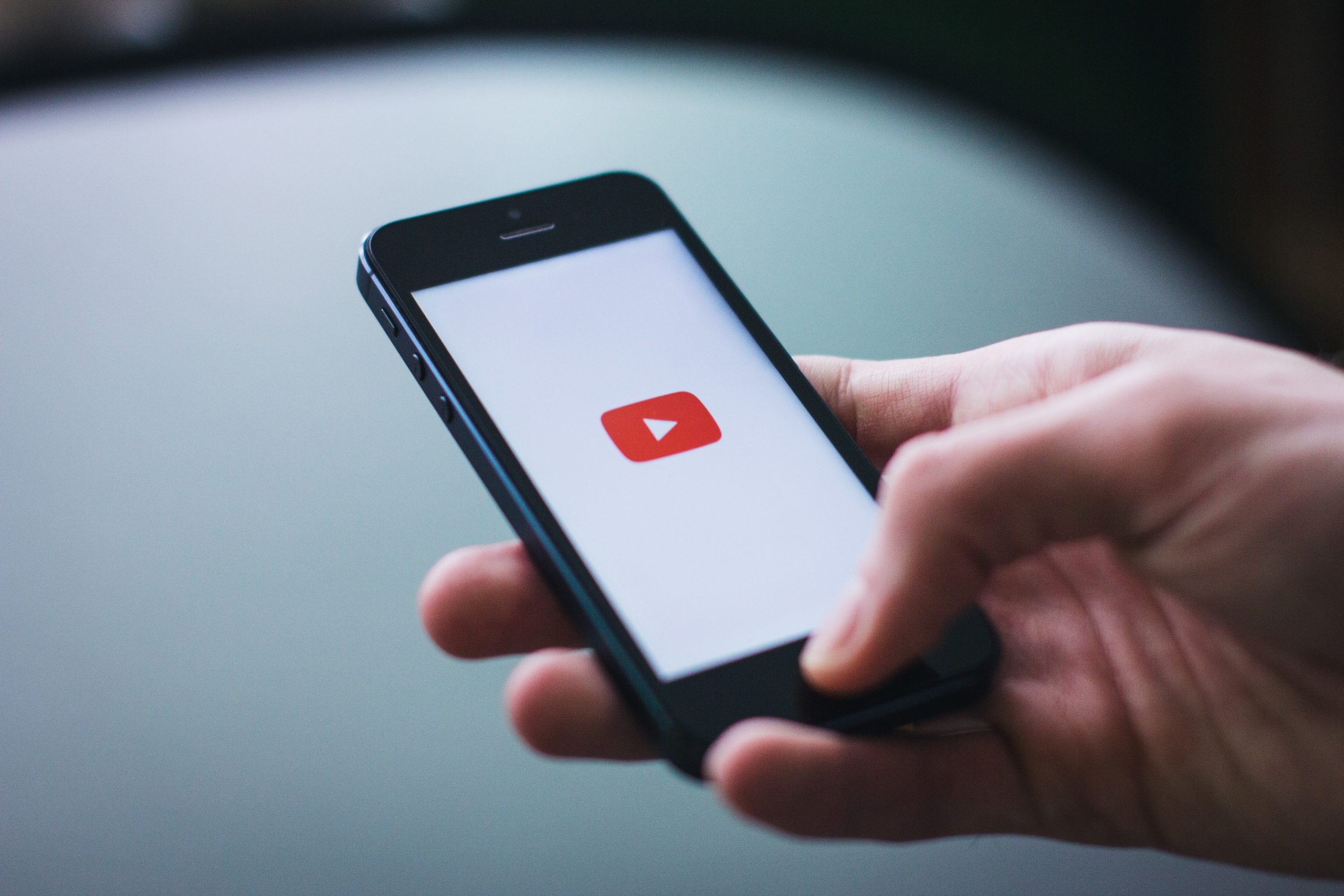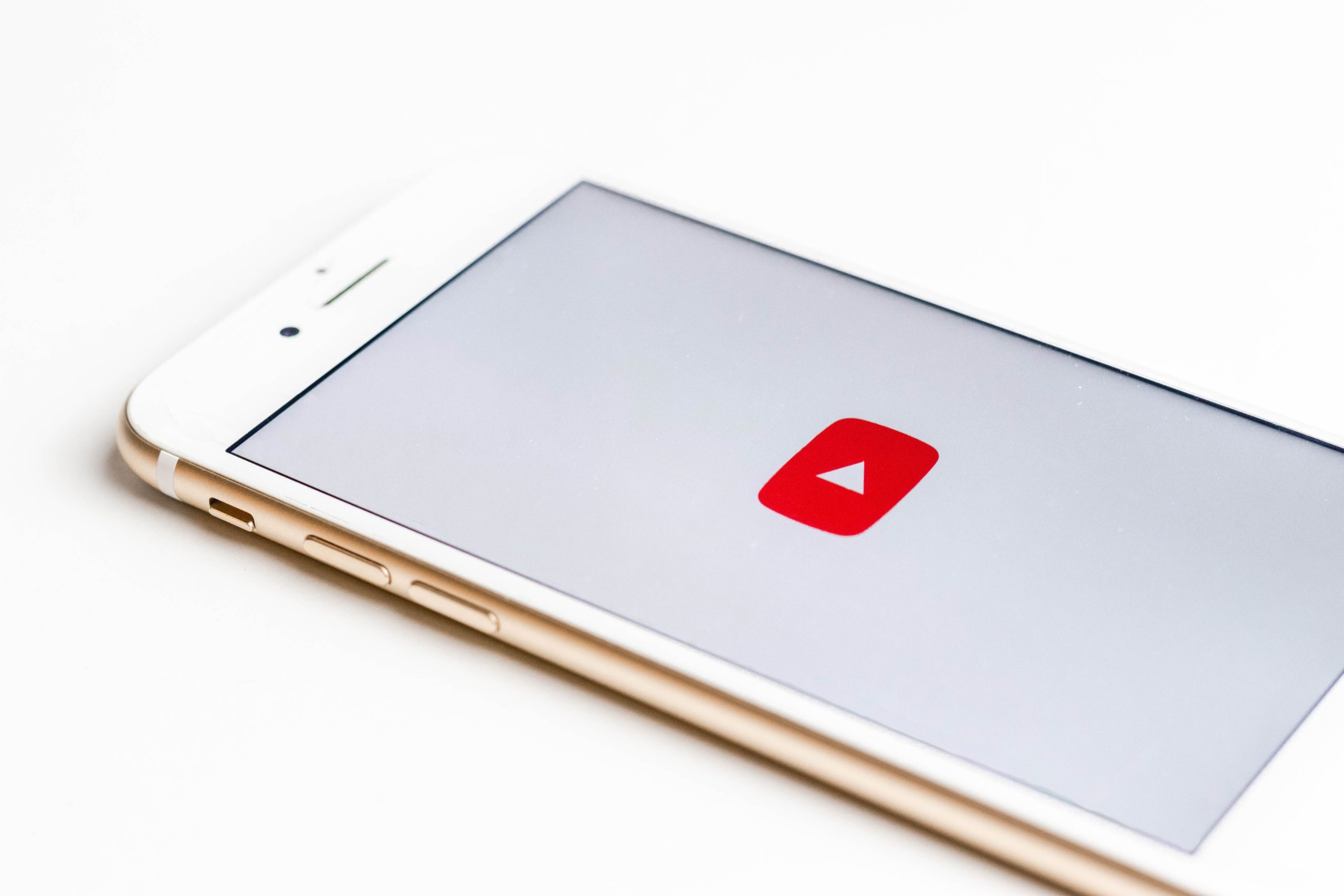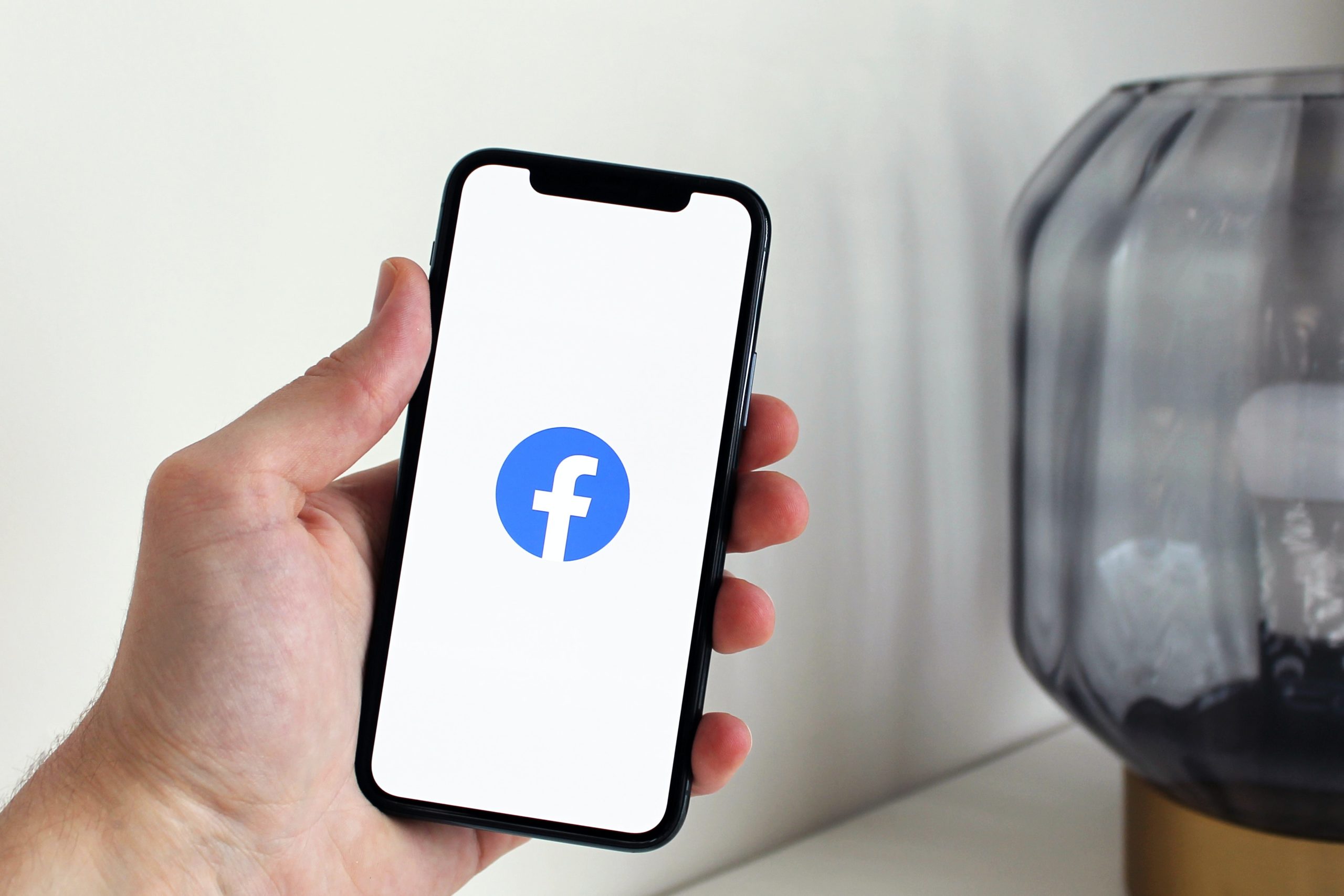Try to think about when you’re scrolling through social media or looking at content online. Now take a minute to think about the type of content that you enjoy seeing and the type of content you subconsciously scroll past or dislike seeing.
The type of content that we engage with often falls under one of the following categories:
- Entertaining
- Educational
- Inspiring
- Convincing
All of these types of content have one thing in common: value. They all offer users some sort of value.
By offering your audience valuable content you’re keeping your brand top of mind without your audience feeling sold to. Each time you offer value through your online content you help build trust and credibility with your audience.
Your content shouldn’t be always pushing your product or service on users but it should still be relevant to your brand. Many businesses tend to get stuck on this and either only share content that pushes users to buy, or only share content that they find funny or interesting but has no relevance or link to their business and products or services.
Let’s take a closer look at the four key types of valuable content:
Entertaining Content
Many people associate entertaining content exclusively with ‘funny’ content, while this does play a big role in entertaining content it actually includes all content that evokes an emotional response from a person. For instance, content that might make a user smile, cry, or laugh.
Entertaining content can include quizzes, videos, funny images, competitions, fun facts, and more.
Example of Entertaining Content

In the screenshot above we can see entertaining content that the brand Red Bull shared. Red Bull are known for their entertaining content and incredible marketing strategy. They focus on selling an experience rather than just a product. In this video we see a pilot pour a can of Red Bull into a glass while also flying a plane. The video is entertaining to Red Bull’s audience but more importantly, it’s relevant to their brand and makes sense for them to share. They also show their product without pushing their audience to buy. This type of content is a great way to build brand awareness.
Educational Content
Content that helps people learn something is very valuable too. The aim of this type of content is to help resolve an issue or answer a question your audience may have. For example, a company in the food industry may share recipes on their website and social media. This content has value to their audience because it teaches them something. Other examples of educational content might include, eBooks, guides, how-to videos, tutorials, and product demos.
Example of Educational Content

This social media post by Colgate links users to the below blog post that teaches them how to make healthy Halloween treats for kids.

This content offers value to Colgate’s audience by teaching them recipes. It’s also still relevant to the brand without pushing their product.
Inspiring Content
Similar to entertaining content, inspiring content evokes emotional responses from your audience.
Some examples of inspiring content often include customer reviews, influencer or celebrity endorsements, case studies, brand stories, and stories that involve overcoming obstacles.
Example of Inspiring Content
International Women’s Day | #WeCanDoIt

In the video above social media platform LinkedIn highlight the fact that women lost almost twice as many jobs as men during the pandemic. They also use real people to help draw attention to the issue and celebrate International Women’s Day.
The video is inspiring and evokes an emotional response in viewers, which helped it gain over 1.5 million views.
Convincing Content
This content is aims to convert your audience into customers. However, it still should not be a pushy sales pitch. You still want to give your audience some sort of value, whether that’s through a free webinar or by answering a query they have.
Content in this stage could involve product or service features, quotes, offers, free trials, video testimonials, data/statistics, FAQ’s, calculators, webinars, and interactive demos.
Example of Convincing Content

Social media scheduling platform Later hosted a free webinar for their audience. The webinar provided their audience with free useful knowledge likely making them consider trying out Later’s platform. At the very least, the webinar put Later top of mind, meaning if a person needs to use a scheduling tool in the future they’ll think of Later first.
Try incorporating these content types into your marketing and you should see an increase in your social media performance. If you would like more help with finding content check out our blog post on creating content pillars.








